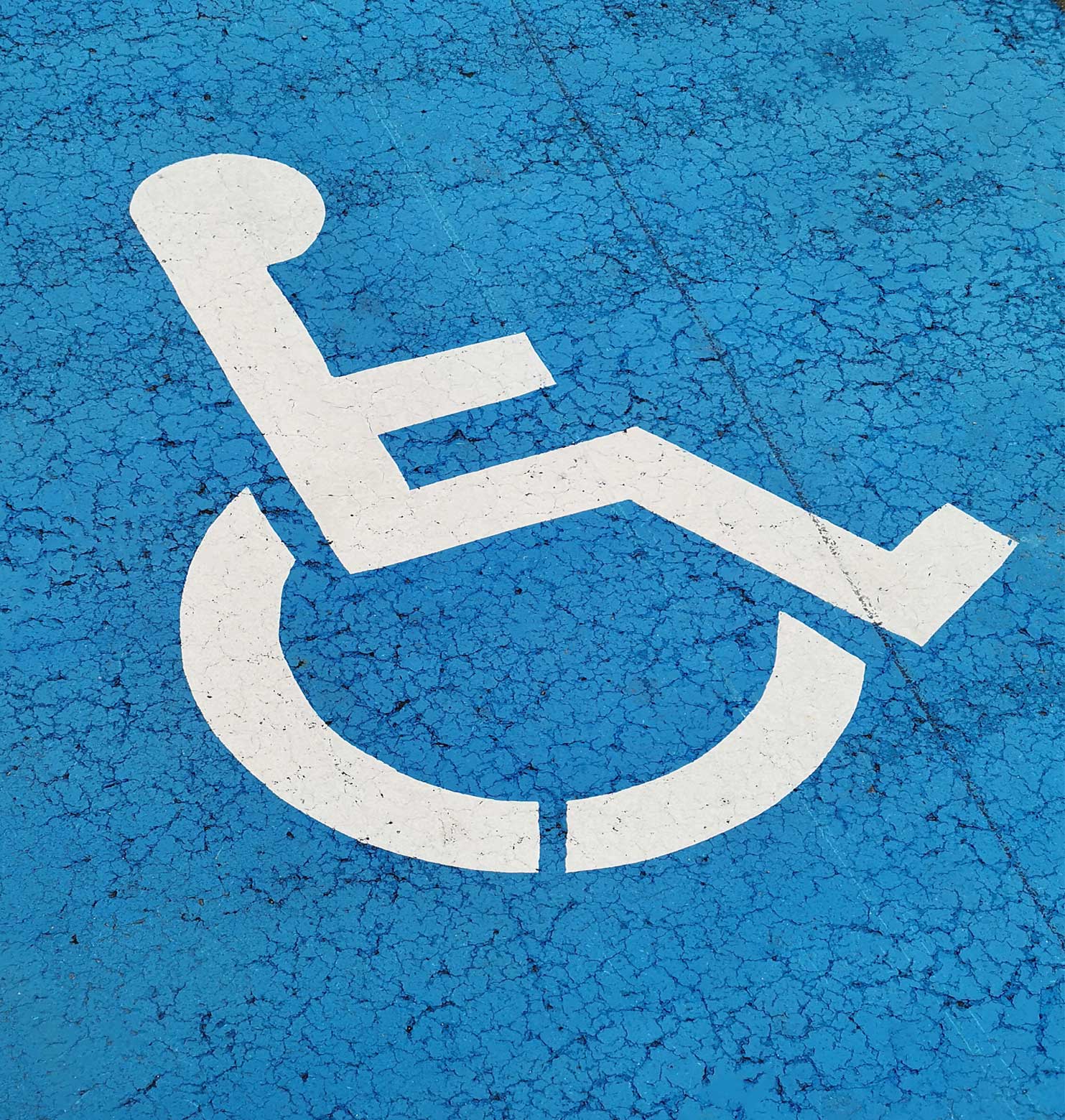Persons with Disabilities
During Emergencies When an Elevator is Not Available for Use, the Following Procedures Have Been Developed to Handle Situations in Multi-Story Buildings for Those Unable to Use the Stairs:
- Designated personnel should escort individuals with impaired mobility to a refuge such as an enclosed stairwell landing that leads to an exterior exit at the ground level.
- Someone should remain with the individual while another person notifies arriving emergency personnel of the location of the person who needs assistance.
- The instructions of the emergency responder should be followed, and no attempt should be made to move the individual to another building level unless there is imminent danger in the refuge.
- Individuals unable to utilize the stairs and who are alone should call 911 and report the location of their planned refuge.
- Anyone unable to reach a refuge location (for instance due to smoke), should close all doors into the area, call 911 and wait for emergency personnel to arrive.
Individualized Emergency Evacuation Plan (IEEP)
Emergencies occur when we least expect them. It is important to be as prepared as possible when an emergency arises on campus. Planning ahead is especially important for persons with disabilities who may need additional assistance during a building evacuation. Whether you are experiencing a temporary disability or have a permanent need for assistance, it is important to get input from campus experts on developing an evacuation strategy. The Designated Representative at Environmental Health and Safety (EH&S) will assist you with planning for an emergency evacuation from your campus building or campus residence. Fill out the the Individualized Emergency Evacuation Plan (IEEP) form below to list additional assistance that you may need during a building evacuation.
Individualized Emergency Evacuation Plan (IEEP) Form

Emergency Response Program for Access and Functional Needs
As part of the campus Emergency Preparedness Program, we encourage members of the campus community with access and functional needs to evaluate their individual situation and determine the level of assistance they may require during an emergency. A person with one or more of the following concerns is encouraged to follow the recommendations of the Emergency Assistance Program:
- Limitations that interfere with walking or using stairs
- Reduced stamina, fatigue, or tire easily
- Emotional, cognitive, thinking, or learning difficulties
- Vision or hearing loss
- Temporary limitations (surgery, accidents, pregnancy)
- Use of technology or medications that could interfere with response times.
The Emergency Response Program for Access and Functional Needs provides an opportunity for faculty, staff and students to create an emergency response action plan, identify a support team for special evacuation situations, download an Emergency Assistance Response ID Card and enroll in an automated emergency notification and response system.
If you have a access and functional needs which could impact your ability to promptly respond and evacuate a building or facility during an emergency, please review the following planning and resource information and contact the appropriate campus departments for advice and assistance.
Download the Emergency Assistance Program
Campus Emergency Preparedness Manager
Jim Caesar, (805) 450-1437
james.caesar@ehs.ucsb.edu
Staff and Faculty
e. coté, Senior Workplace Accommodations Specialist, Human Resources, (805) 893-8571
(ecote@ucsb.edu)
Students
Disabled Students Program, (805) 893-2668
General Public
ADA Compliance Office, (805) 893-2184